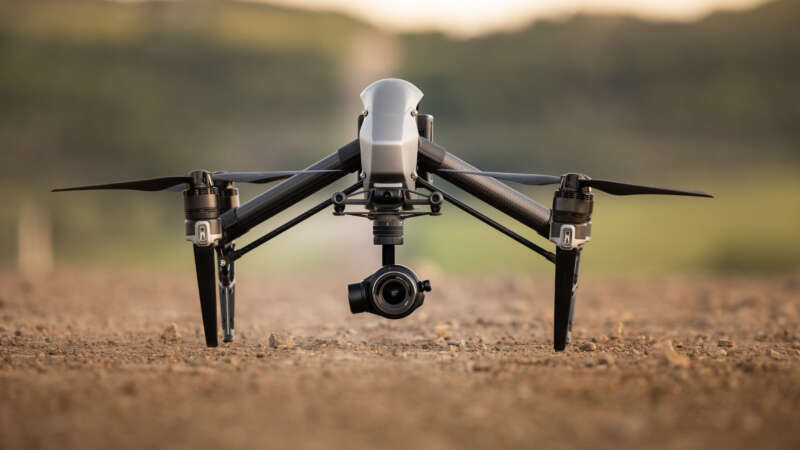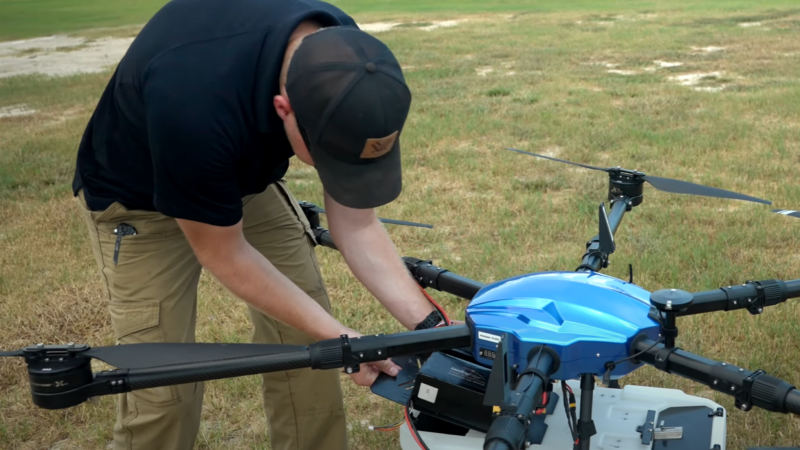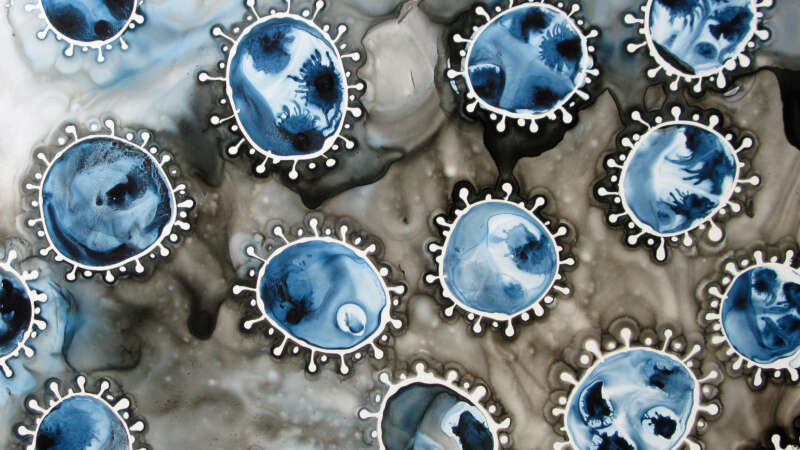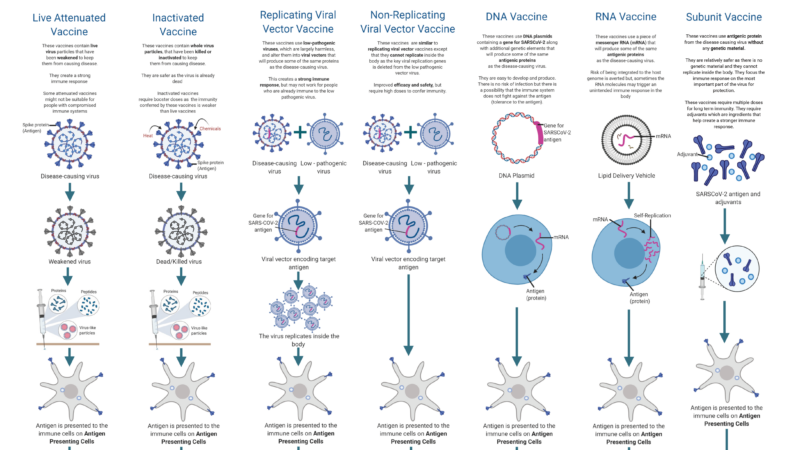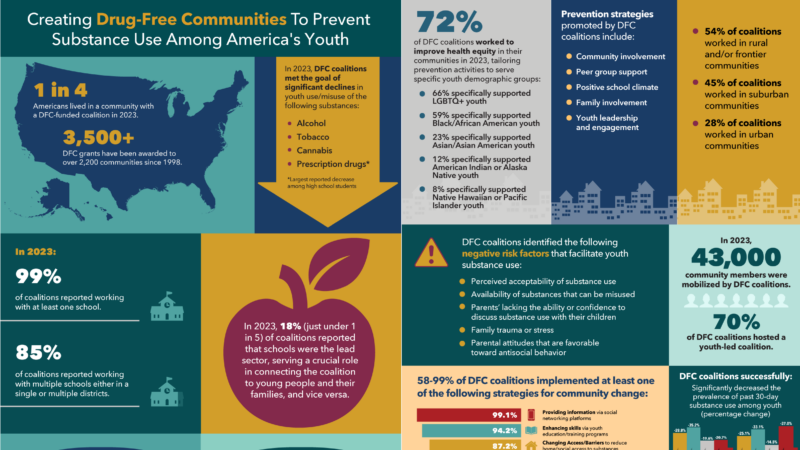public health
The Drone Edge in Vector Control
Achieving global vector control’s potential requires “realigning programs to optimize the delivery of interventions that are tailored to the local context [and]…strengthened monitoring systems and novel interventions with proven effectiveness.” This includes “integration of non-chemical and chemical vector control methods [and] evidence-based decision making guided by operational research and entomological and epidemiological surveillance and evaluation.”
Drones or “unmanned aerial vehicles” (UAVs) can save time and money compared to conventional ground-based surveys. Sophisticated models and monitoring equipment can be purchased for a few thousand dollars. They don’t require a pilot’s license, they are becoming easier to fly, and their paths can be fully automated through AI, machine learning, global positioning systems, and computer vision.
Mosquito Control Drone Application
Check out this video from Calcasieu Parish Mosquito and Rodent Control on how they are using drone technology to spray in hard to reach areas and increase the efficiency of eliminating disease-carrying populations of mosquitos.
Michele Banks: The Pulse of Life in Ink and Color
Michele Banks, known as Artologica, is a Washington, D.C.-based artist using watercolor and ink to explore themes such as cell division, neuroscience, the microbiome, and climate change. Her pieces capture a slightly abstracted scientific imagery, creating beautiful interpretations of biological and environmental processes.
Banks has exhibited her work at the National Institutes of Health (NIH), the American Association for the Advancement of Science (AAAS), and major scientific conferences, including the Society for Neuroscience and the American Society for Microbiology. Her art has appeared on journal covers, in textbooks, and in publications such as Scientific American, The Scientist, and Wired.
Supercomputer Using AI to Develop Vaccines
A £225m supercomputer is using artificial intelligence (AI) to develop new drugs and vaccines.
When it is fully operational this summer, the Isambard-AI computer in Bristol will be the most powerful supercomputer in the UK.
Last week, Prime Minister Sir Keir Starmer unveiled plans to “unleash AI” across the UK in an effort to boost growth.
Simon McIntosh-Smith, a professor in high-performance computing at Bristol University, said the Isambard-AI meant the UK “genuinely can be competitive with the world”.
A Shining New Age of Vaccines
With vaccines, history repeats itself like music stuck in a loop. On the one hand, advancing technologies create vaccines against a growing list of lethal diseases and conditions. On the other hand, outrageous myths and conspiracy theories compete against science. Familiar and strong emotions run the gamut, from relief when deadly diseases like smallpox are eradicated to anger about perceived dangers to health, governmental overreach and threats to freedom of choice. While religious, commercial, pseudo-scientific and political interests cash in on the confusion, context and meaning are sometimes lost or forgotten. Telling facts apart from misinformation becomes difficult.
Understanding how vaccines are evolving can help better understand both why they are one of medical science’s supreme triumphs and also why the anti-vaccine movement continues to grow and influence so many.
Types of Vaccinations
This infographic from Boston University provides a side-by-side comparison of different types of vaccinations, showcasing their similarities and differences in how they trigger and support the body’s immune response.
Andrew Carnie: Immersing Audiences in Science
Andrew Carnie is a notable contemporary visual artist with a global exhibition footprint, based in the UK.
An emeritus fellow at the Winchester School of Art, Southampton University, Carnie’s work focuses greatly on the intersection of art and science. In fact, he has a blog focused on just that.
While he frequently collaborates with scientists, his creative approach remains broad and unconstrained by specific media, adapting his methodologies to the context and themes of each project.
More Teens than Ever are Overdosing
For years, students in middle and high schools across the country were urged to “just say no” to drugs and alcohol. But it’s no secret that the Drug Abuse Resistance Education (D.A.R.E.) program, which was typically delivered by police officers who urged total abstinence, didn’t work.
A meta-analysis found the program largely ineffective and one study even showed that kids who completed D.A.R.E. were more likely than their peers to take drugs (Ennett, S. T., et al., American Journal of Public Health, Vol. 84, No. 9, 1994; Rosenbaum, D. P., & Hanson, G. S., Journal of Research in Crime and Delinquency, Vol. 35, No. 4, 1998).
“We know that the ‘Just Say No’ campaign doesn’t work. It’s based in pure risks, and that doesn’t resonate with teens,” said developmental psychologist Bonnie Halpern-Felsher, PhD, a professor of pediatrics and founder and executive director of several substance use prevention and intervention curriculums at Stanford University. “There are real and perceived benefits to using drugs, as well as risks, such as coping with stress or liking the ‘high.’ If we only talk about the negatives, we lose our credibility.”
Terrifying Trends in Adolescent Substance Abuse
Globally, an estimated 64 million people were suffering from drug use disorders in 2022, with cases of adolescent substance abuse evident in all regions of the world.
Adolescence describes the phase of life when people transition from childhood to adulthood (ages 10-19). During this period a person experiences rapid biological, cognitive, physiological, and psychological change. It’s also when a person establishes both positive and negative patterns of behavior that can relate to physical activity, diet, sexual activity, and substance use. This vital stage of human development is crucial in building the foundations of good health as these learnt behaviors can continue to influence a person for the rest of their lives. When adolescents are continuously exposed to substances before their brain can fully mature there is a much higher risk of developing a dependency and psychiatric complications.
Creating Drug-Free Communities
The Drug-Free Communities (DFC) Support Program is administered by the White House Office of National Drug Control Policy (ONDCP) and managed by the Centers for Disease Control and Prevention (CDC).
